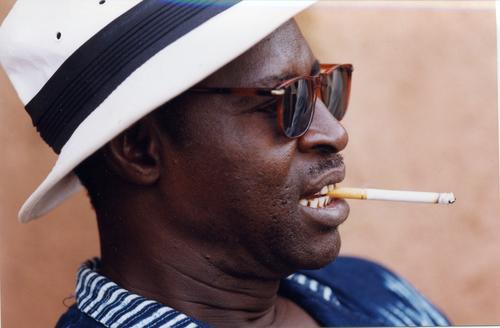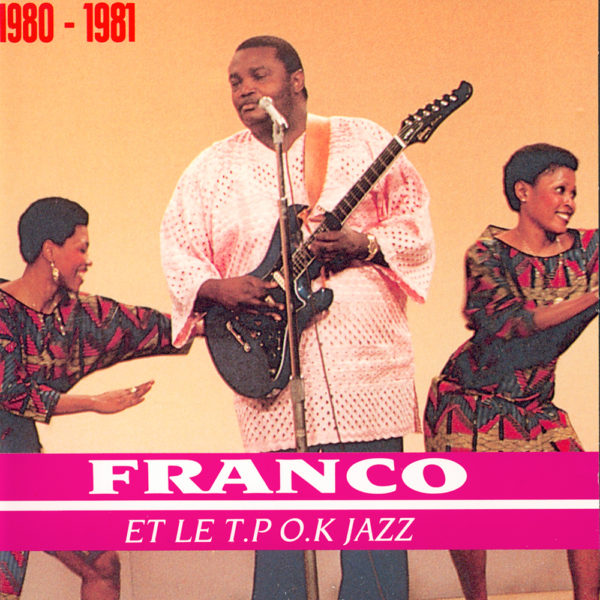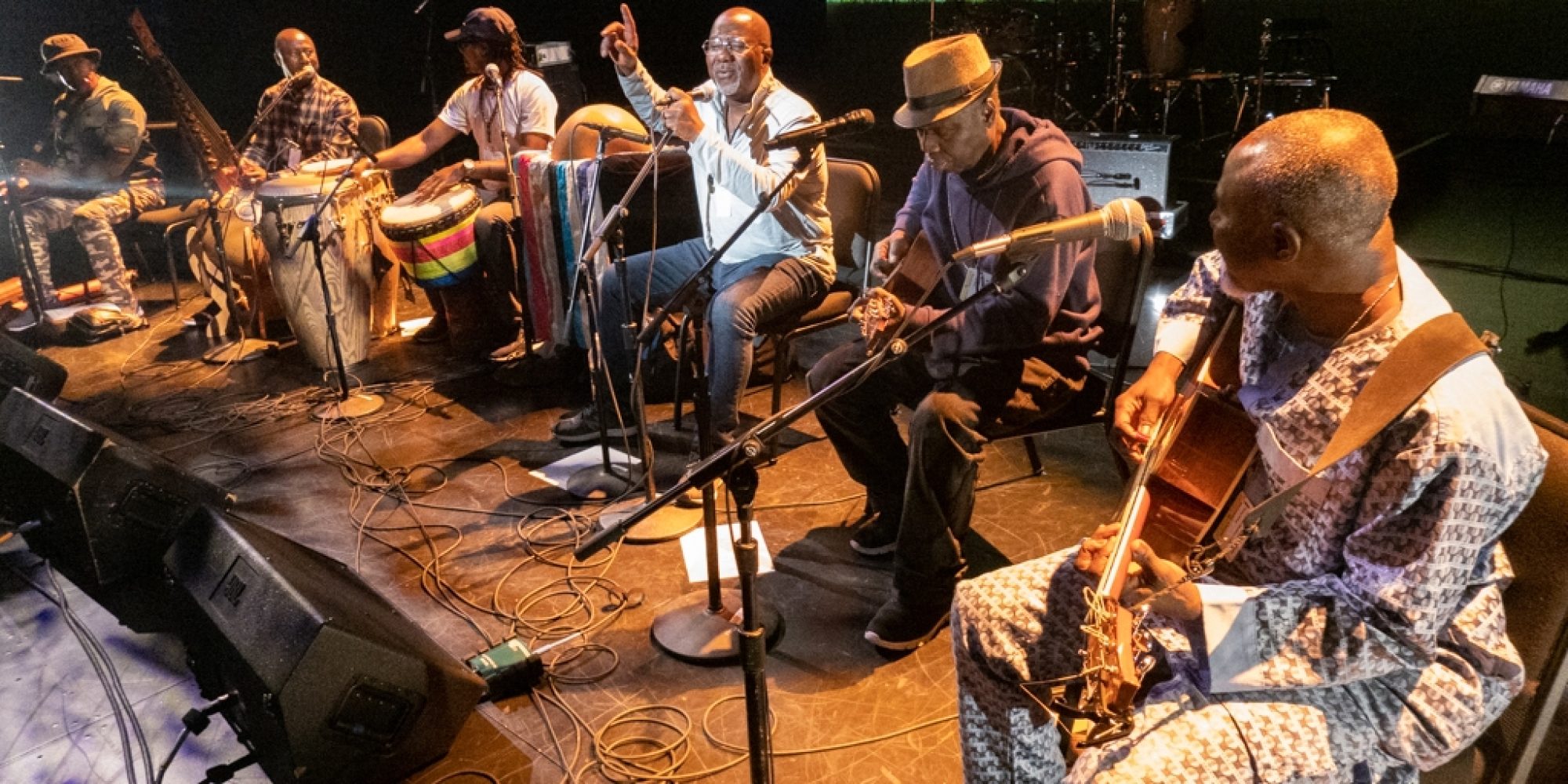Last year, when the Kennedy Center in Washington, DC, asked Afropop Worldwide to curate and produce an evening of music with the theme of African rivers, it didn't take long to choose two rivers whose cultures could be well represented by excellent, U.S.-based musicians. Long experience in New York, with its diverse West African community, told us that there were fine musicians from Guinea, Mali, Niger and Nigeria--all touched by the Niger River--close at hand. So began the idea for the Niger River Ensemble. These six musicians knew each other. Some had performed together. But never had they worked together as an ensemble, particularly with such a strong thematic focus.
In his powerful book about the Niger River, The Strong Brown God, Sanche de Gramont calls the Niger “the cradle of West Africa” but also a “geographical conundrum.” 4000 years ago, it was actually two rivers, one flowing north from the Atlantic coast of Guinea to a huge lake in a then fertile and green Sahara, and the other flowing south from that verdant land to the Nigerian coast. As the desert expanded, the two rivers joined to become the Niger as we know it today. The Niger’s 2600 miles pass through mountains, forests, savannah, and high desert, then back into savannah, and forests to its huge delta in Nigeria, and that is the journey these six musicians were to trace in their performance.
Fula flute virtuoso Bailo Bah represents his native Guinea, the source of the Niger, with the unmistakable timbre and trill of a flute tradition unique to the nomadic Fula people. Yacouba Sissoko is a master of the 21-string harp, the kora. Together with vocalist Abdoulaye “Djoss” Diabaté, represent Mali, which contains the longest stretch of the Niger, and the point where it reaches its northern extreme and turns south towards Niger and Nigeria.
Abdoulaye “Alhassane” Touré is a co-founder of the multi-ethnic neo-traditional band Mamar Kassey of Niger. A singer and multi-instrumentalist, Touré brings the sonorities of the Sahara Desert to the ensemble. Completing the lineup are percussionists Ibrahim Fall Diagne of Senegal and percussionist, singer and bandleader Kofo the Wonderman of Nigeria, where the Niger empties into the Atlantic Ocean at Port Harcourt. Kofo specializes in talking drum, one of the signature sounds of this region. Together, these six artist join forces to create a sonic journey of this river, so crucial to the commercial and cultural life of West Africa since the dawn of humanity.
The musicians communicated ideas back and forth, but met just once in New York to rehearse. The result was spectacular, as anyone who experienced their musical tour of this great river will attest.
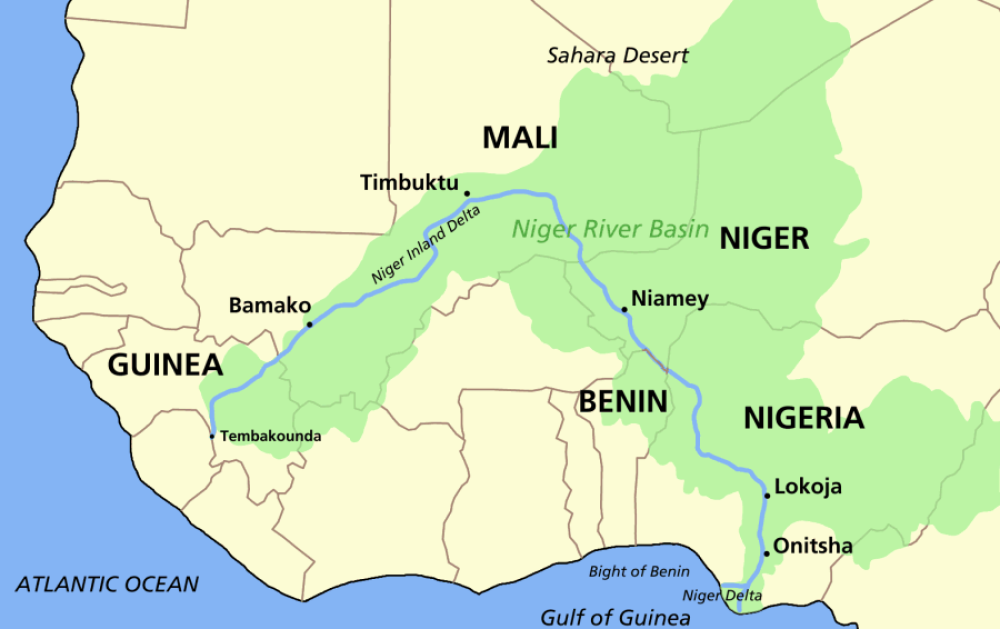
The second river of choice was the Congo River, another giant river encompassing a vast array of cultures. The Congo is the second longest river in Africa, second only to the Nile. At 2920 miles, it’s the world’s ninth longest river. It takes its name from the Kingdom of Kongo, which reigned on the river’s southern banks from the 14th to 19th centuries. The Congo and its tributaries wind through a vast rain forest, home to literally hundreds of ethnic groups many of whom have never truly been incorporated into any governing state, colonial or otherwise. This part of the performance focussed on the contemporary popular music of the Congo, born in Kinshasa and nurtured in the cities of Brazzaville and Kinshasa, facing one another across the river. In colonial times, these were Belgian and French occupied cities respectively, but thanks to the river, their cultural makeup was and is far more complex. Varied peoples from all along the river have made their marks in these cities, and in the process, created one of the most enduring musical legacies in African music history.
Call it rumba, soukous, ndombolo or simply Congolese, this is a music that never fails to move the spirit, and more to the point, dancing feet. For this event, our colleague Lubangi Muniania recruited Lucien Bokilo of Soukous Stars and Loketo fame and a collective of top-rate Congolese musicians under the banner of The Kinshasa All Stars.
Lucien Bokilo's career began in the 1970s with the band Moziki la Juventus. He then joined Youlou Mabiala of Brazzaville in another ground-breaking band Kamikaze Loningi Sa. Lucien was formed in the Congolese rumba school, following in the footsteps of the iconic Luambo Makiadi Franco, leader of the band TPOk Jazzthrough its 35-year run. As Congolese music went international in the 1980s, Bokilo moved France and to join the Paris-based band Loketo with Aurlus Mabelle on lead vocal and Diblo Dibala on guitar solo. This band toured the world tirelessly, and probably introduced more live audiences to the joy of Congolese soukous than any other of its time. When Loketo dissolved, Bokilo continued the global rumba revolution with Soukous Stars, a collective of soukous veterans Lokassa Yambongo. Ballou Canta, Shimita and Yondo Sister. With over a dozen albums to his credit, ranging from classic rumba to high-tech ndombolo, Bokilo carries the flag for his generation, worldwide, notably in Colombia, where Congolese music has been fused with local traditions in the genre known as champeta.
Bokilo and The Kinshasa All Stars pretty much blew the roof off the Kennedy Center's Eisenhower Theater. The audience of over 1000 people left in ecstasy. The evening was a triumph for all concerned. Georges Collinet and myself were honored to be the MCs for the evening. Here are some images of a night that noone who attended will ever forget.
All photos by Banning Eyre and Sean Barlow.
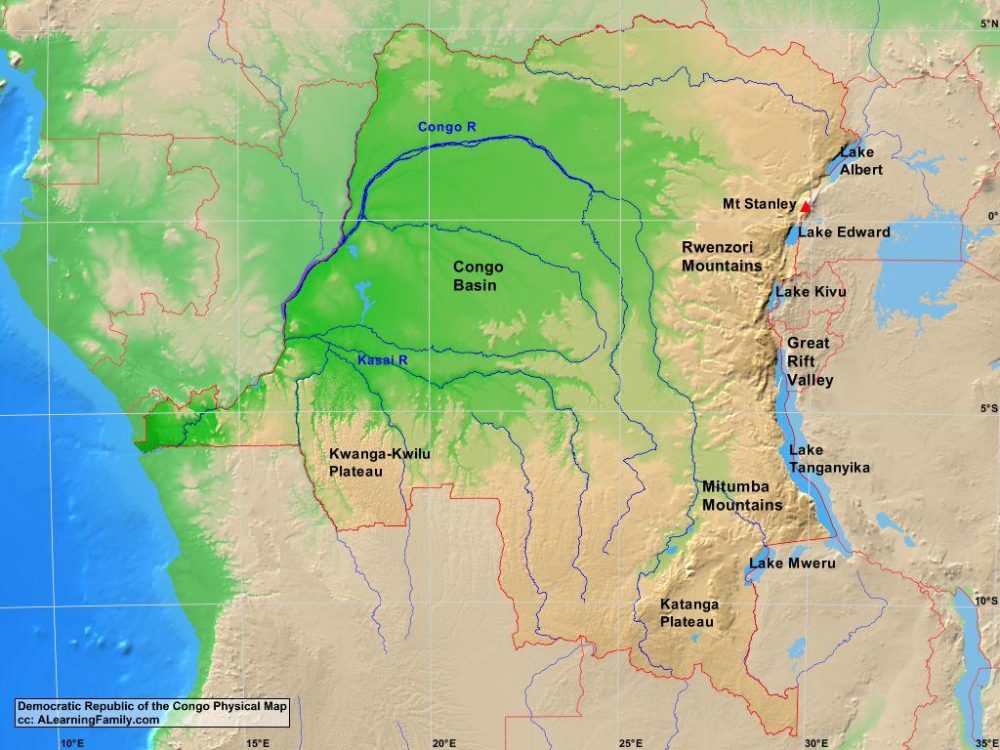
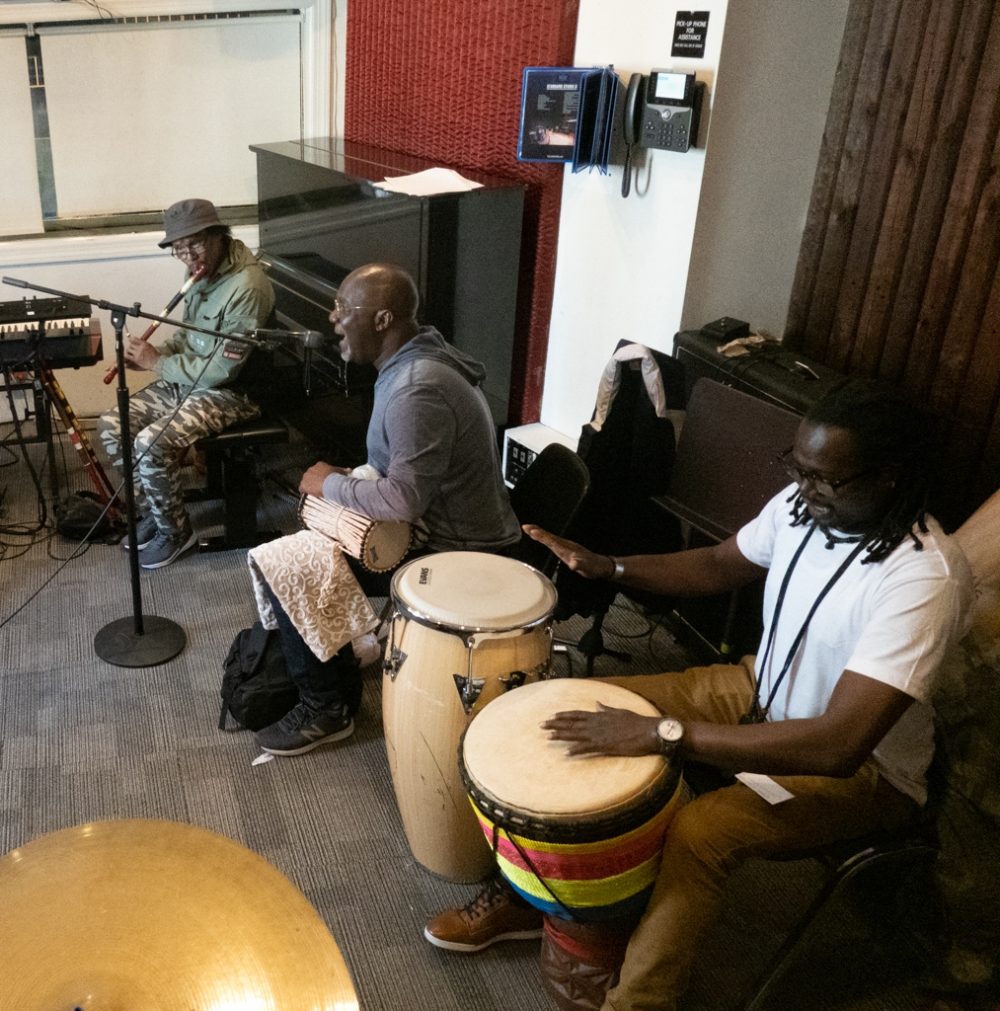
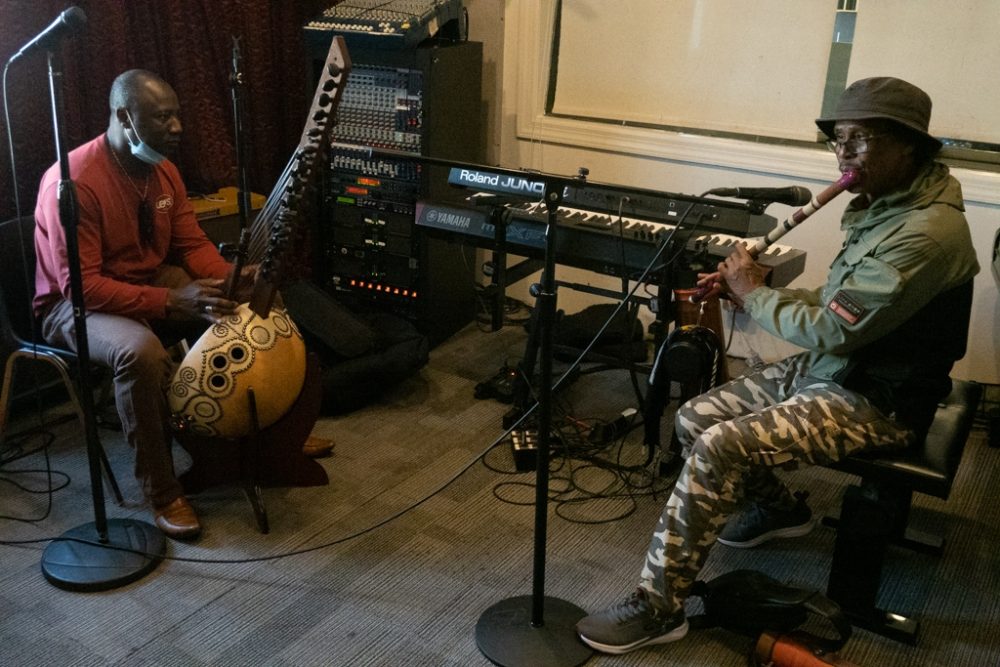
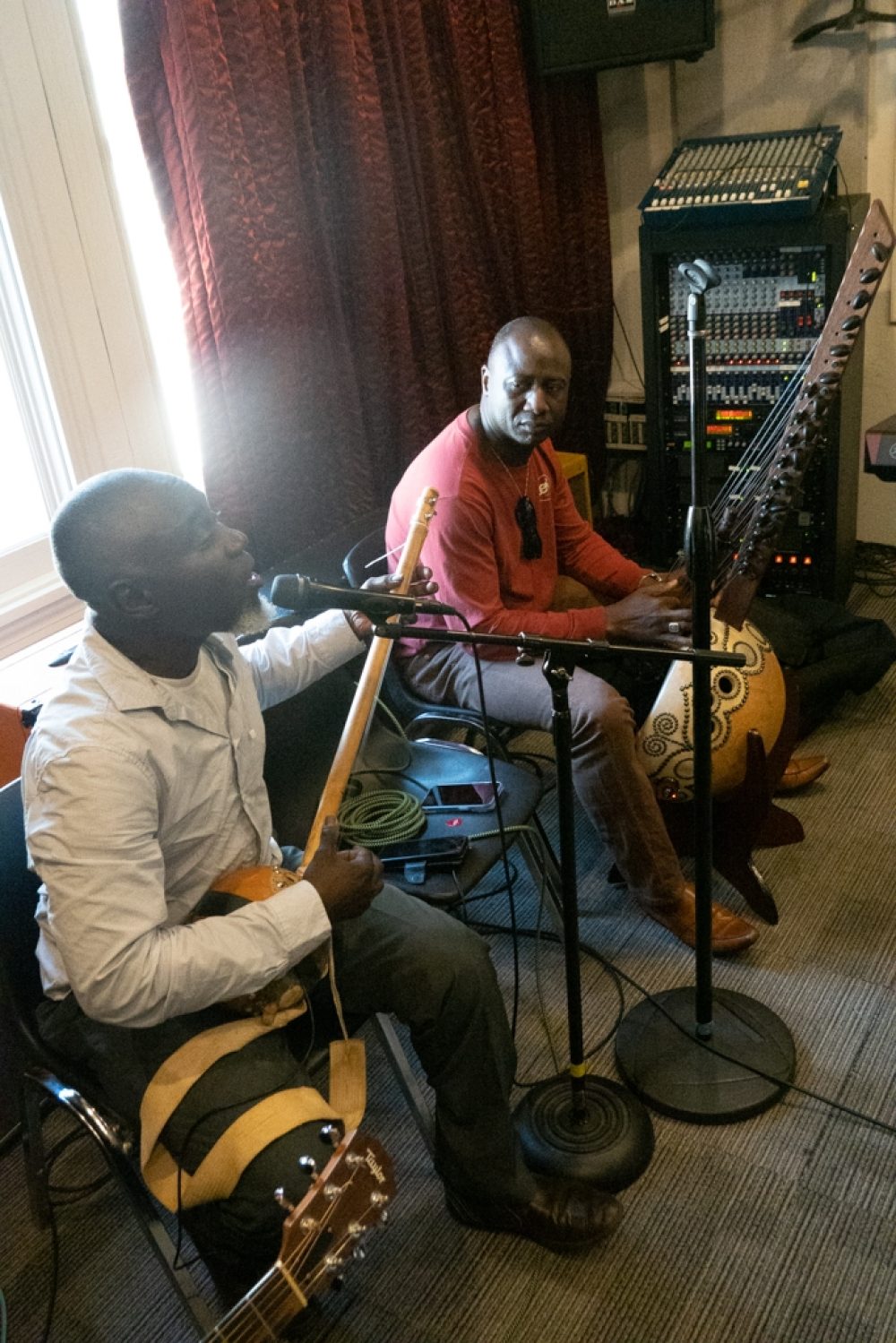
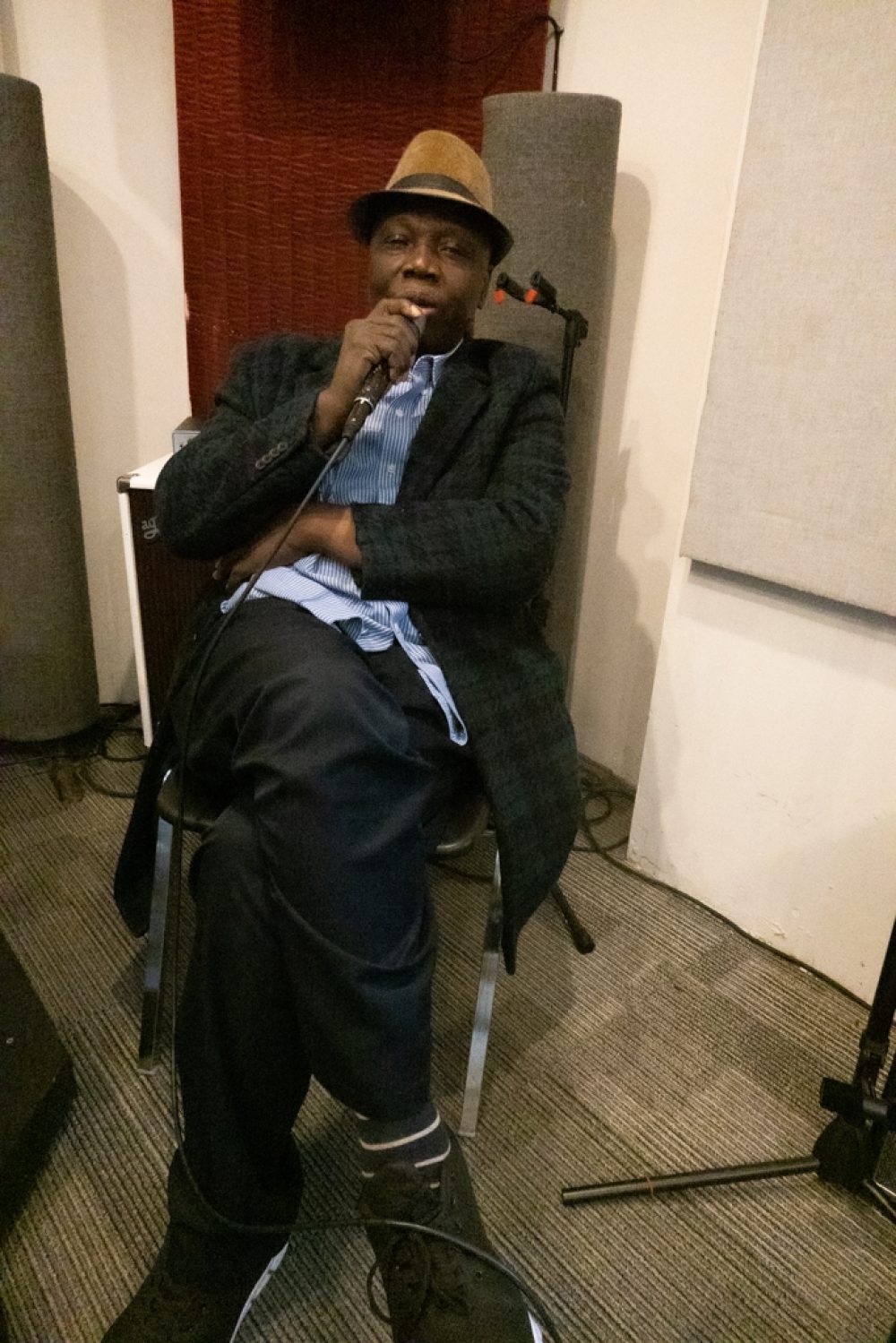
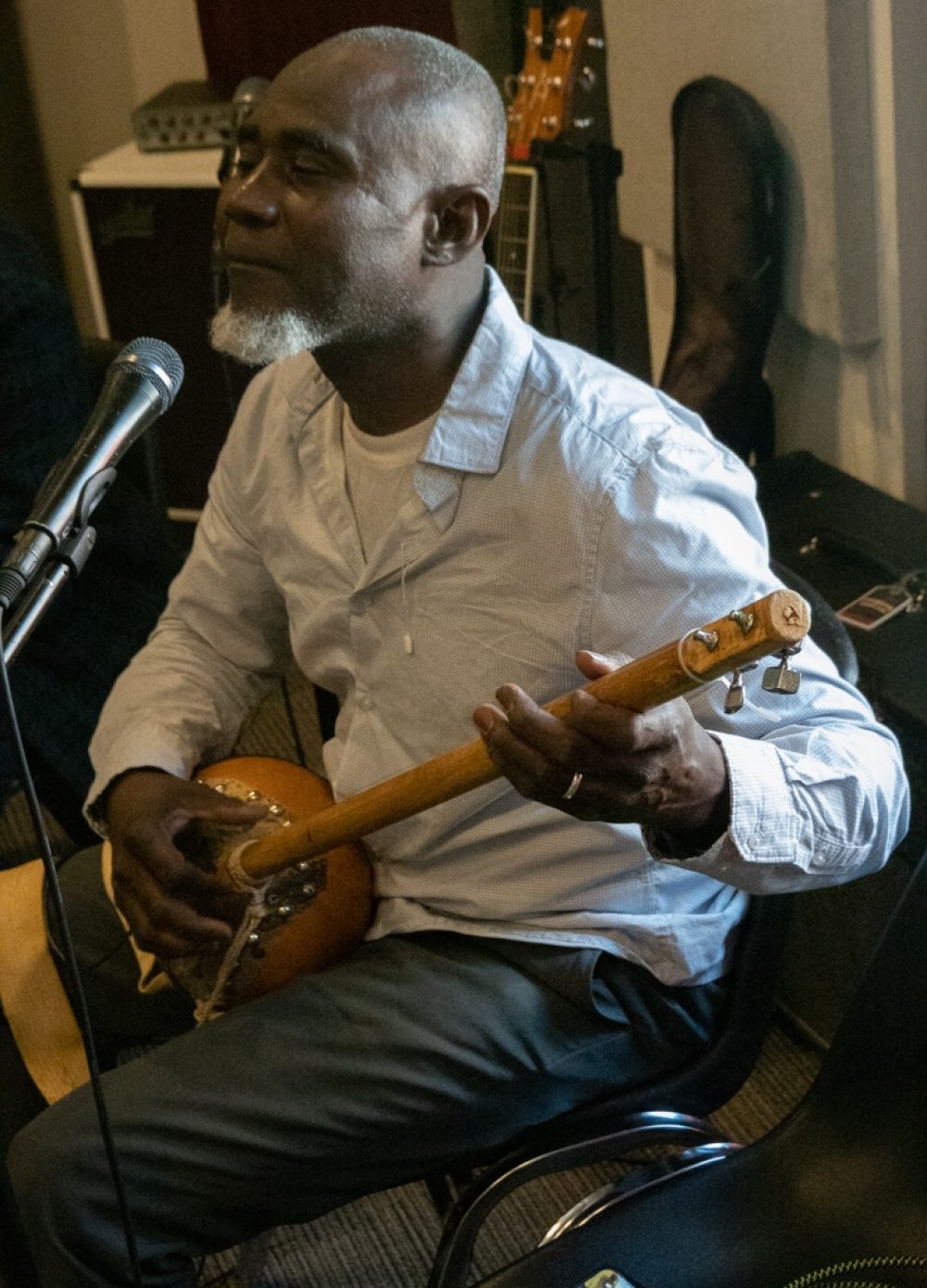
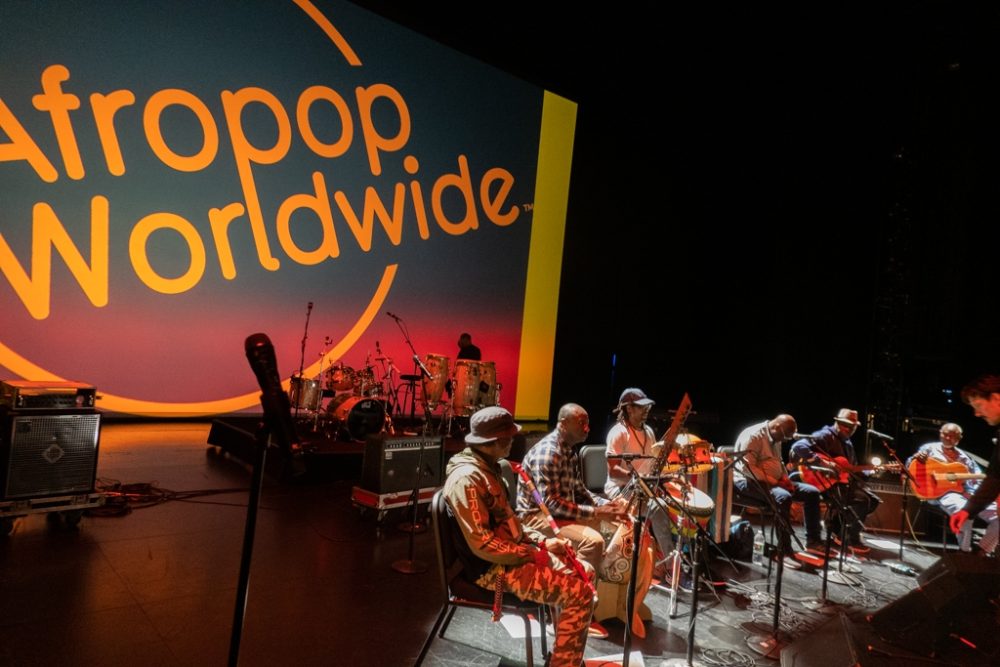
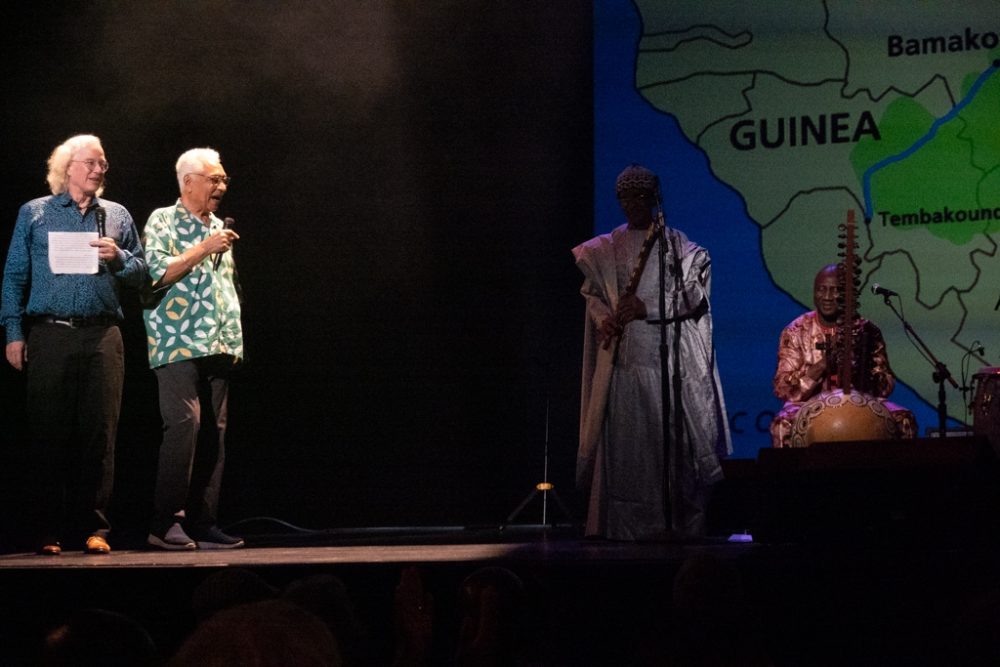
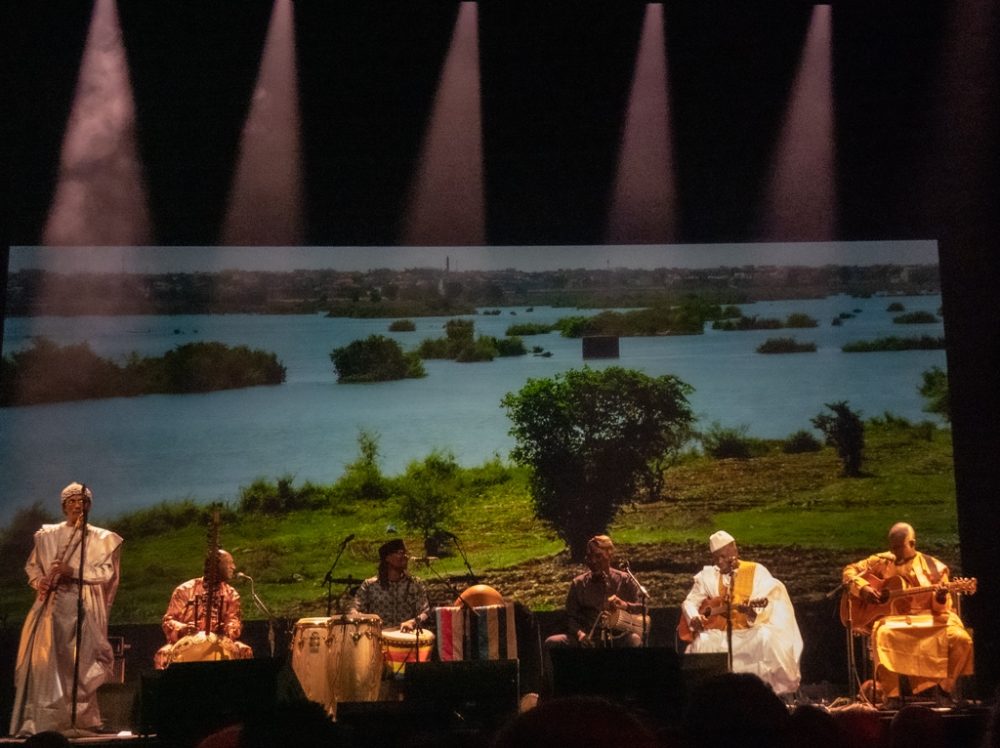
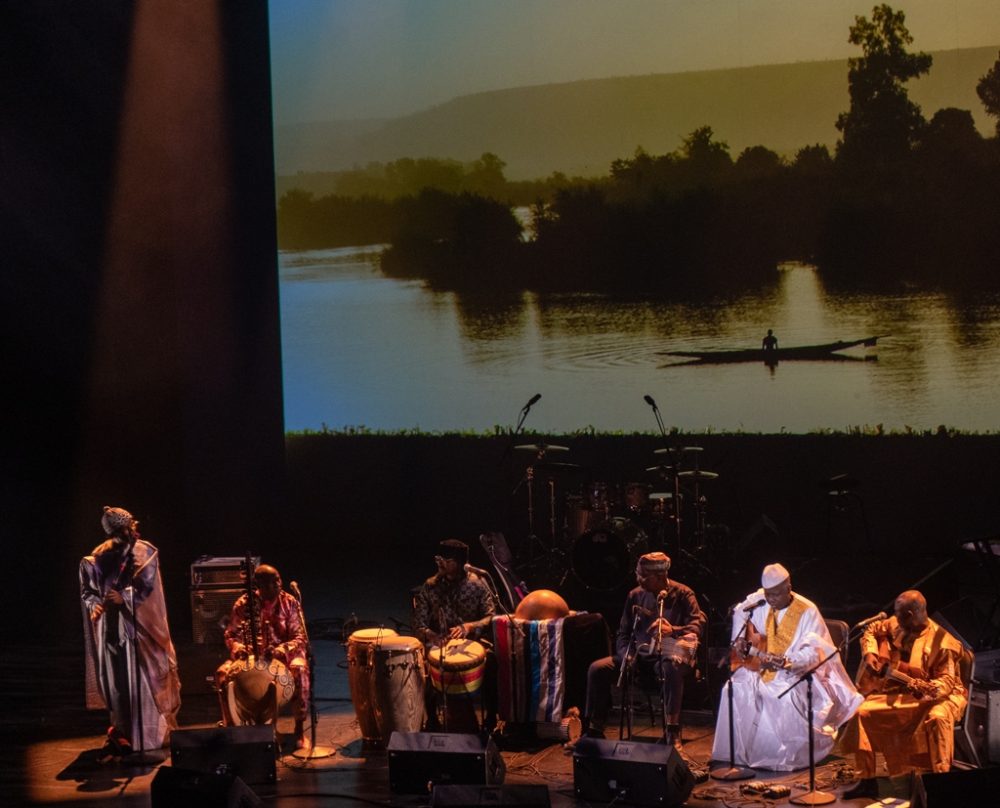
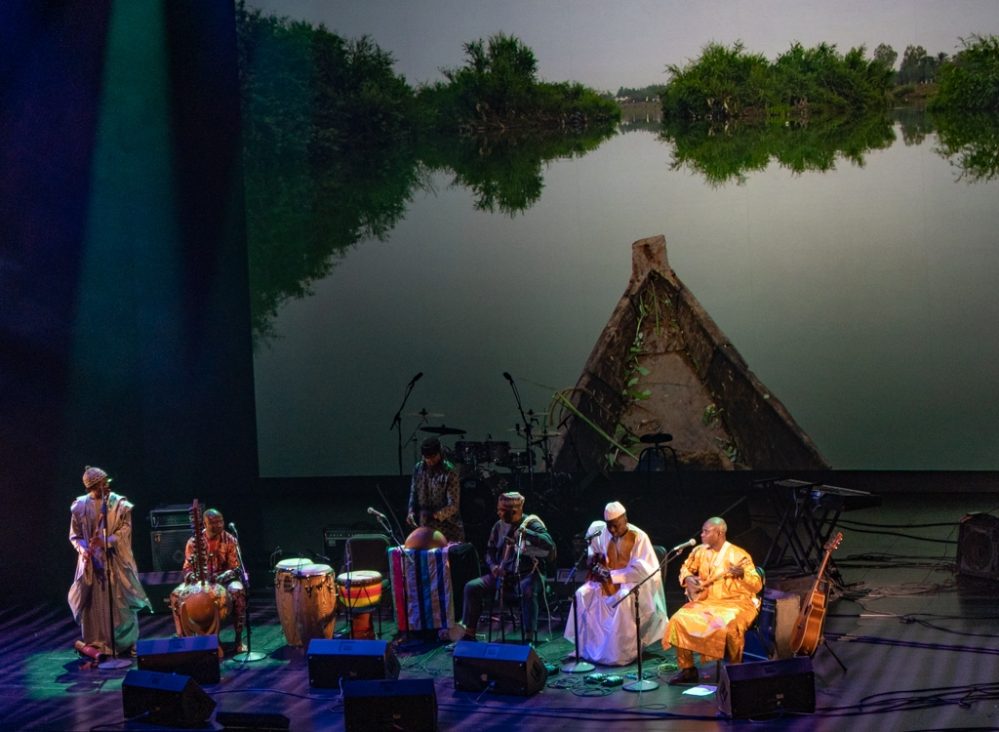
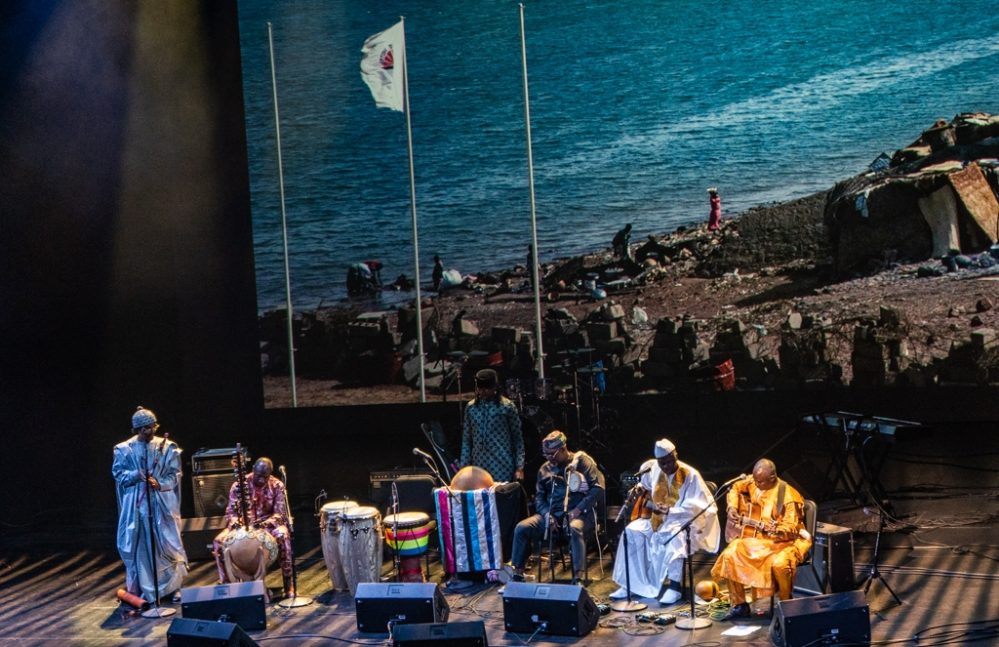
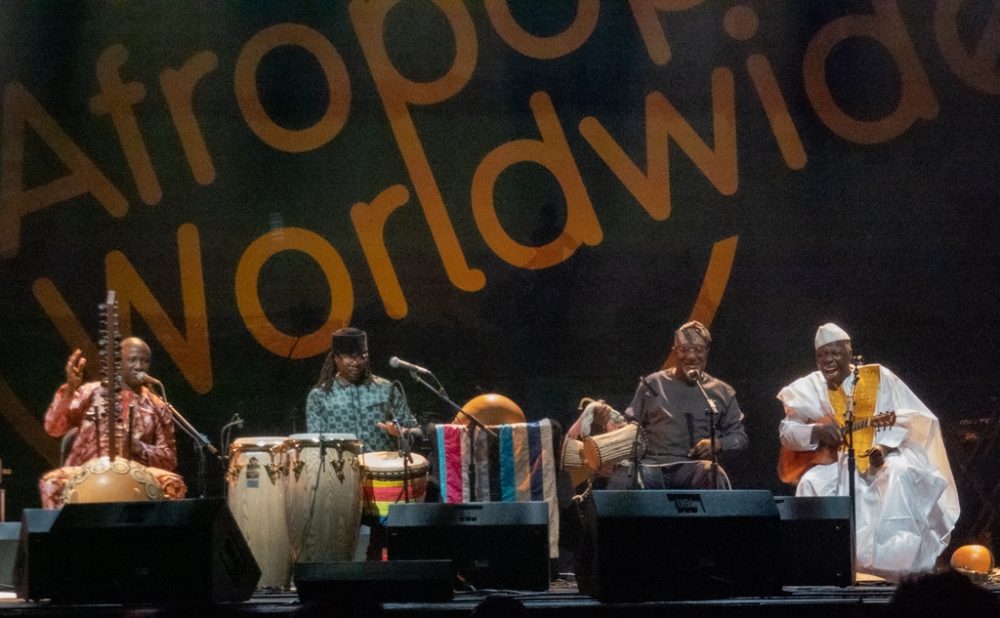
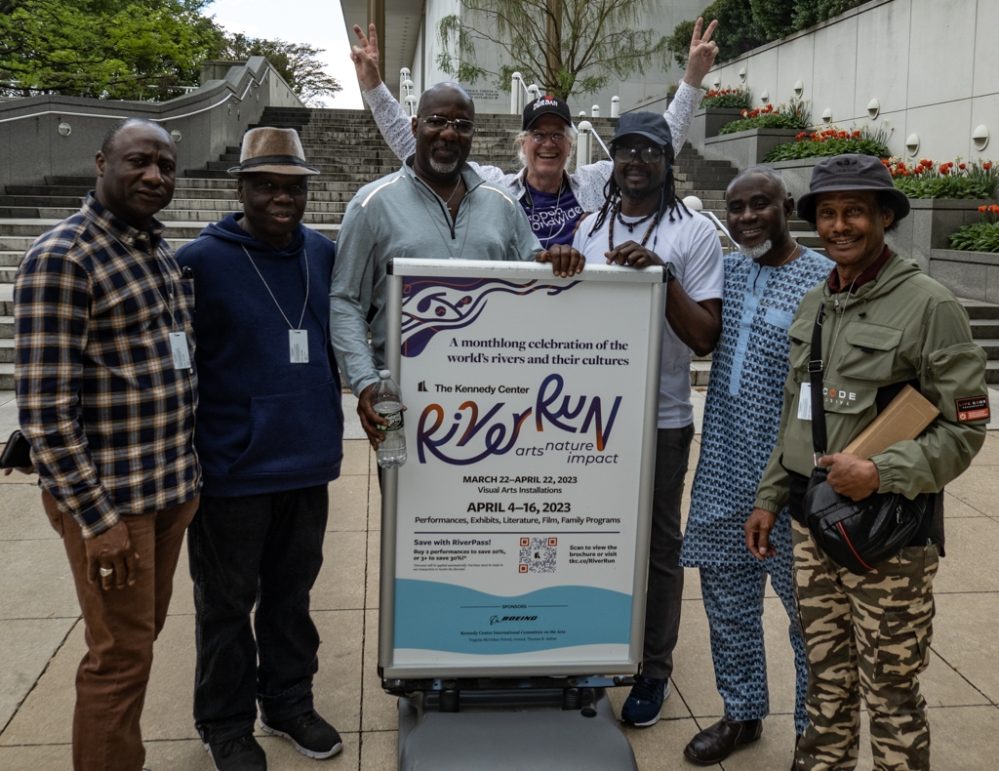
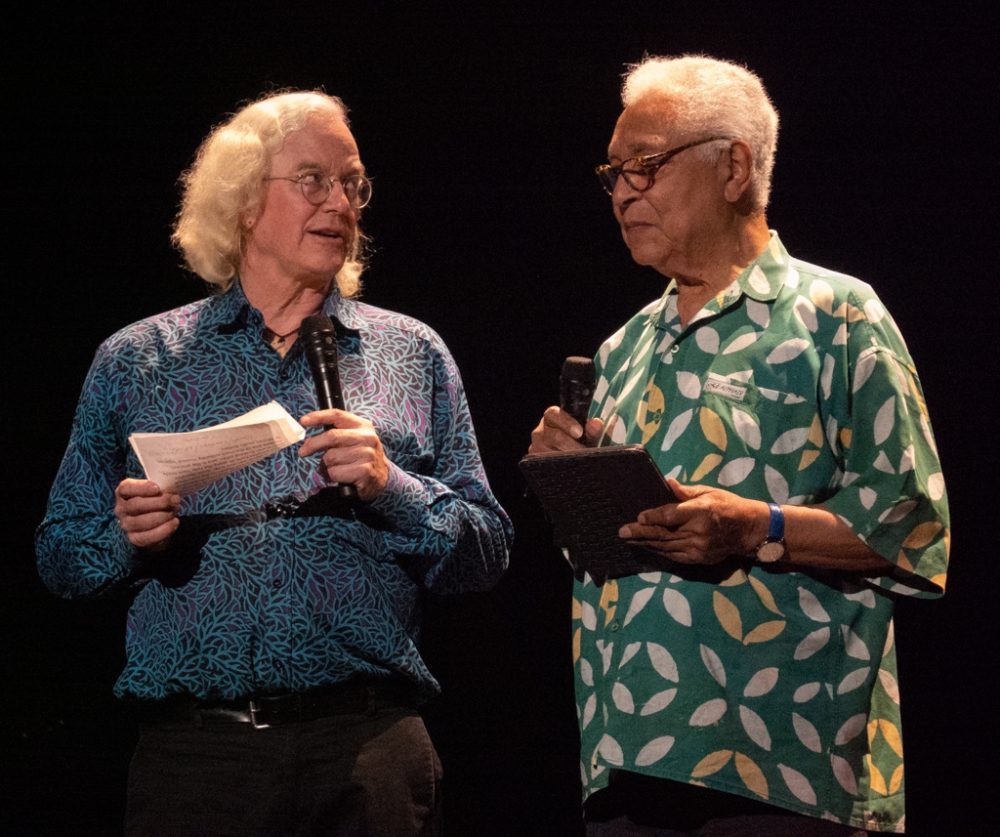
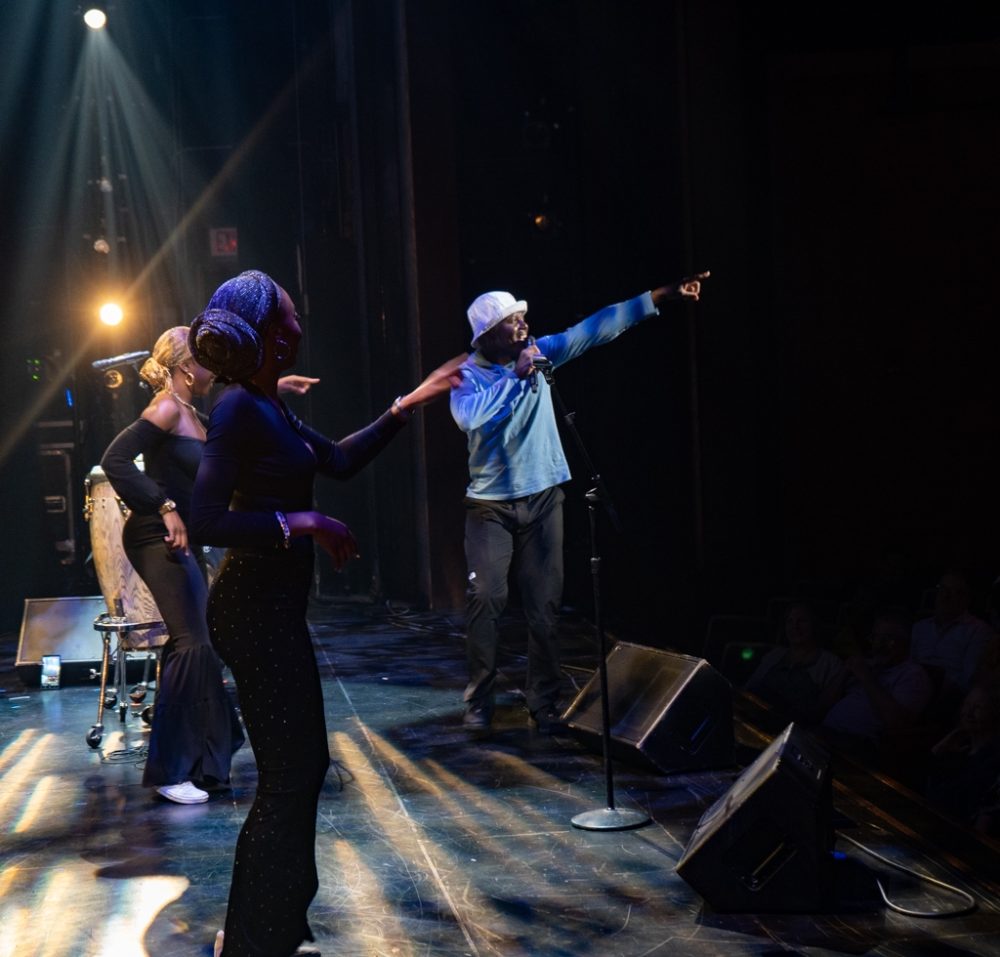
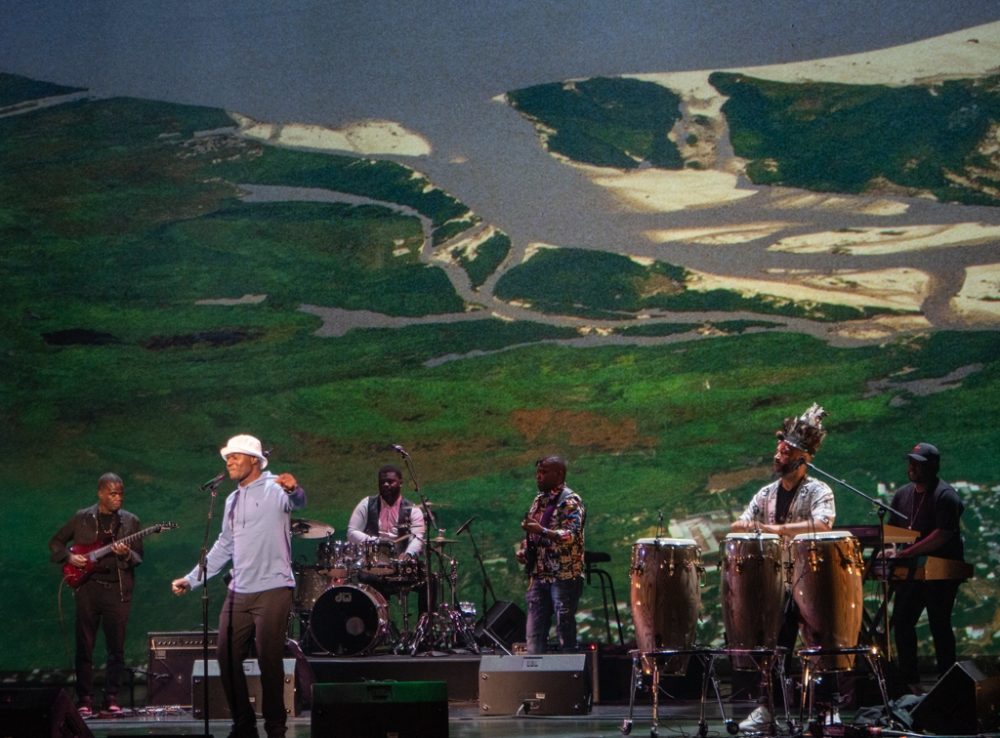
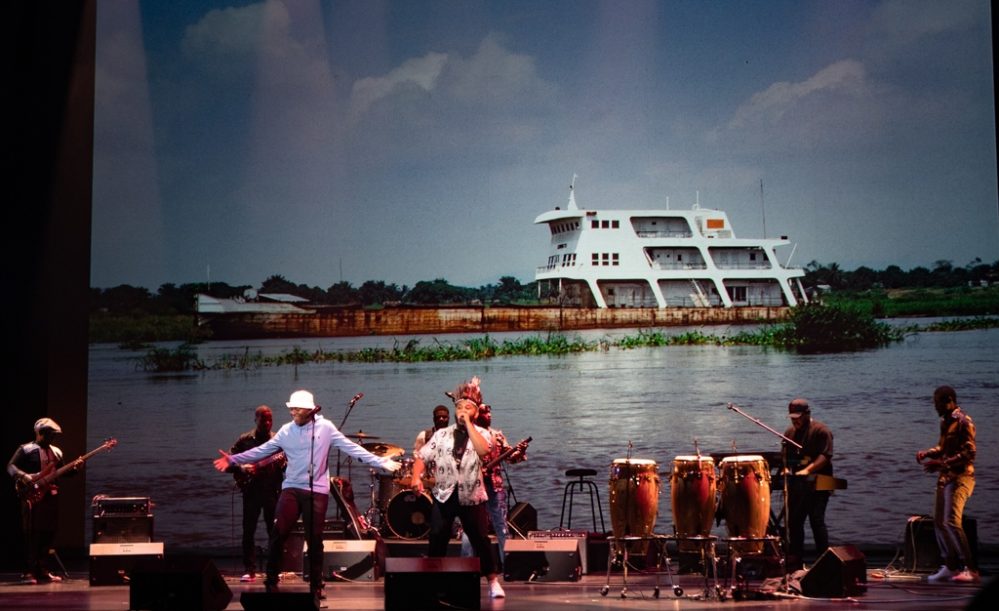
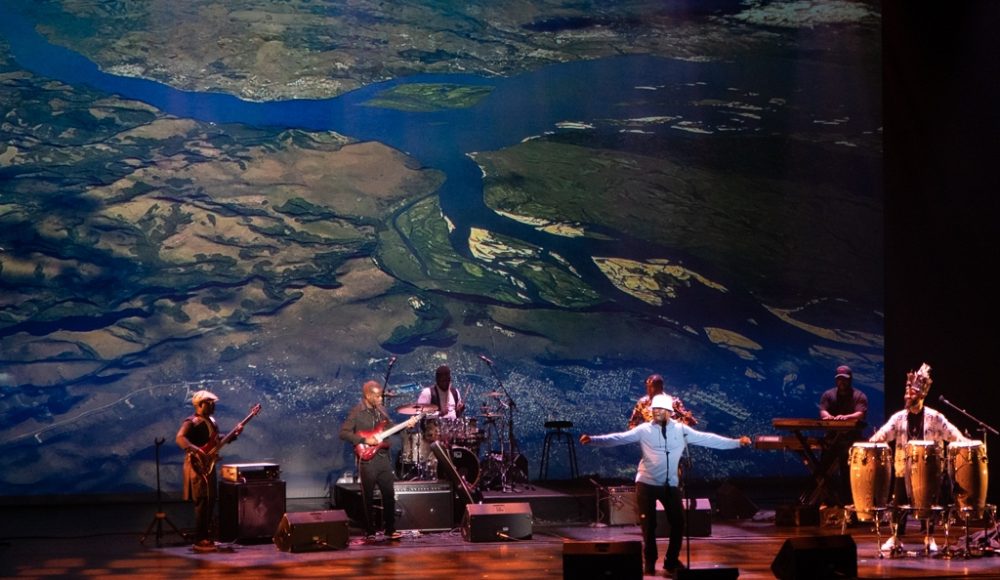
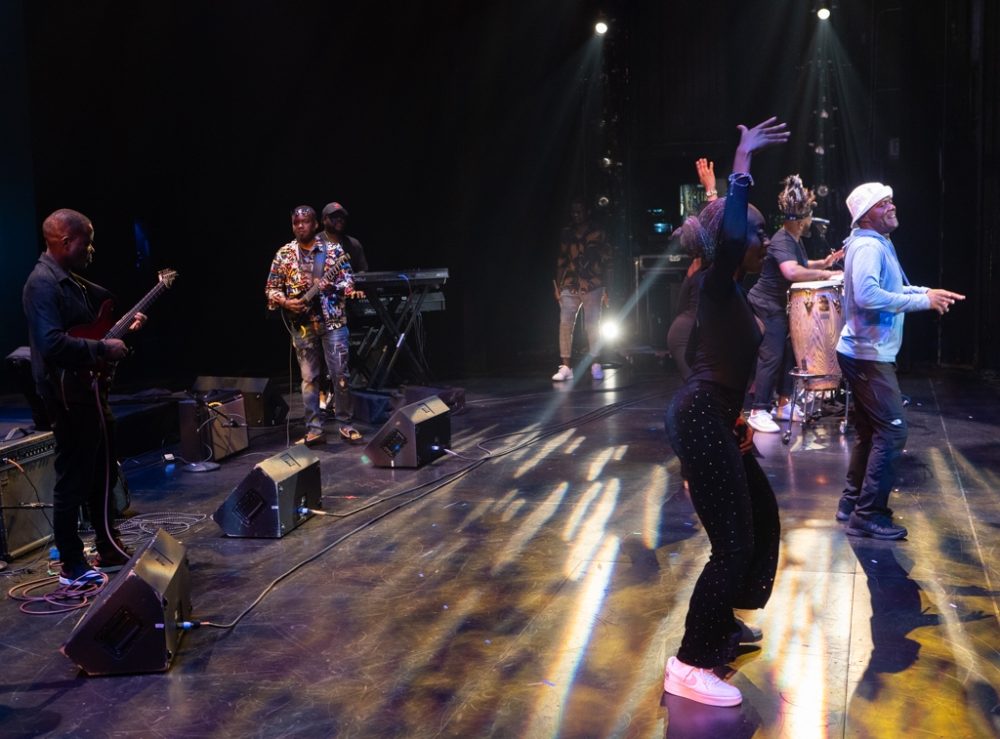
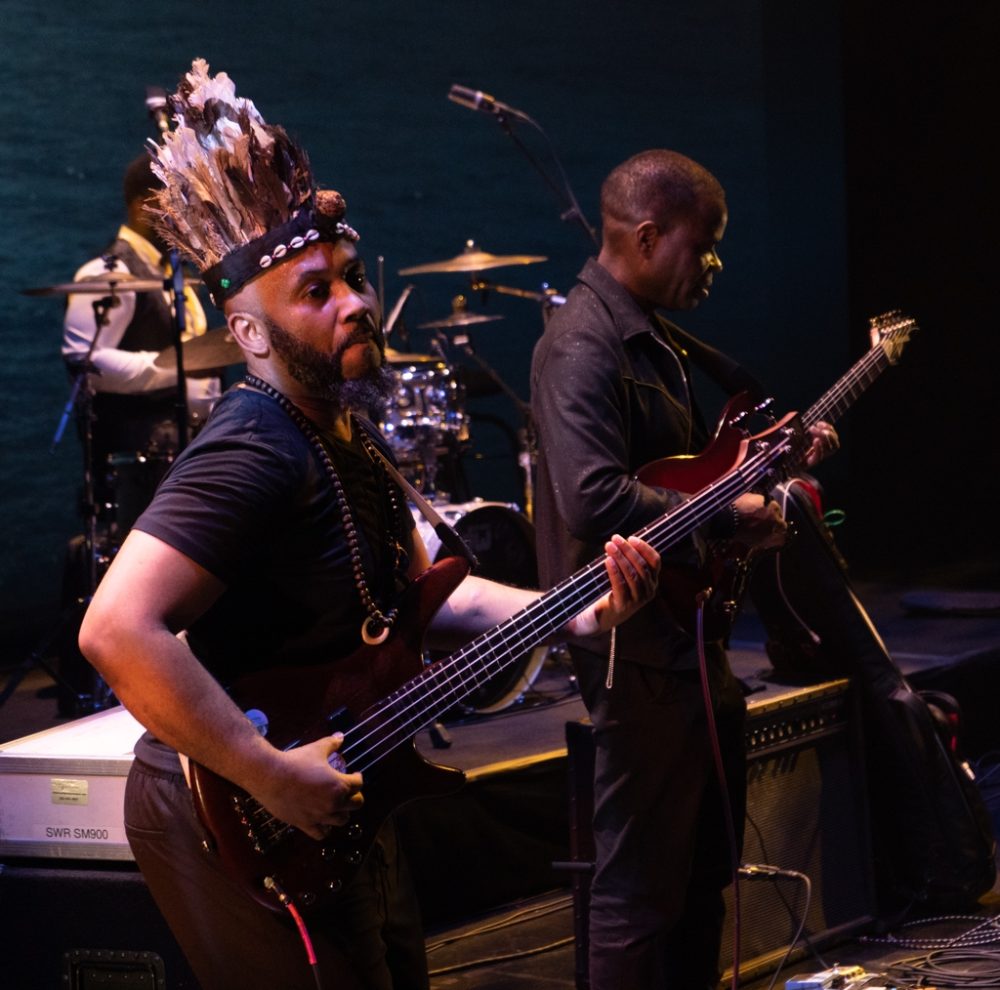
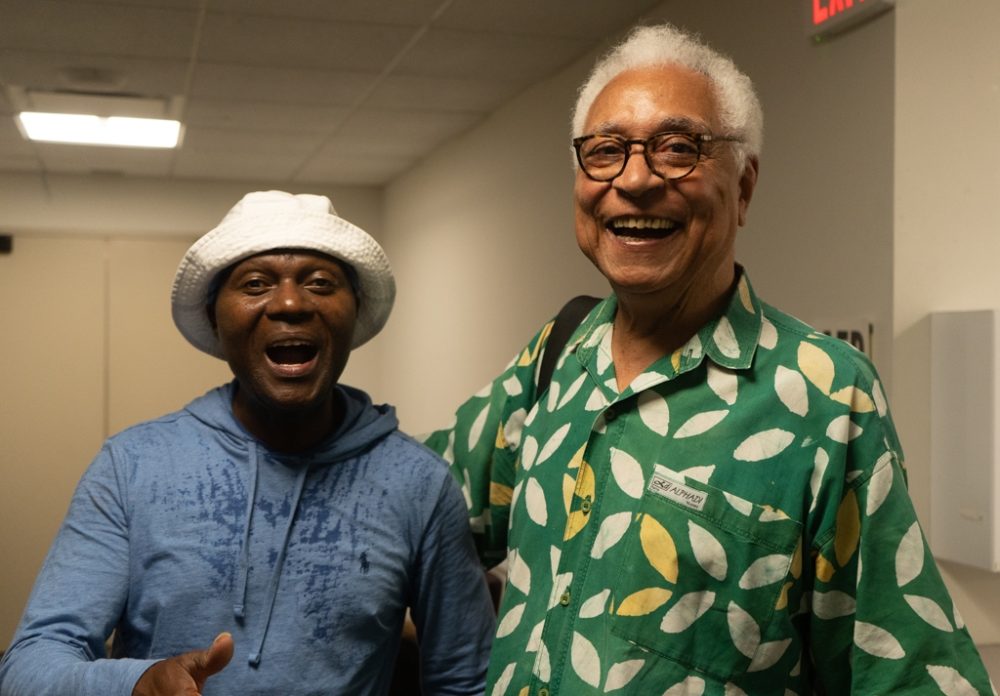
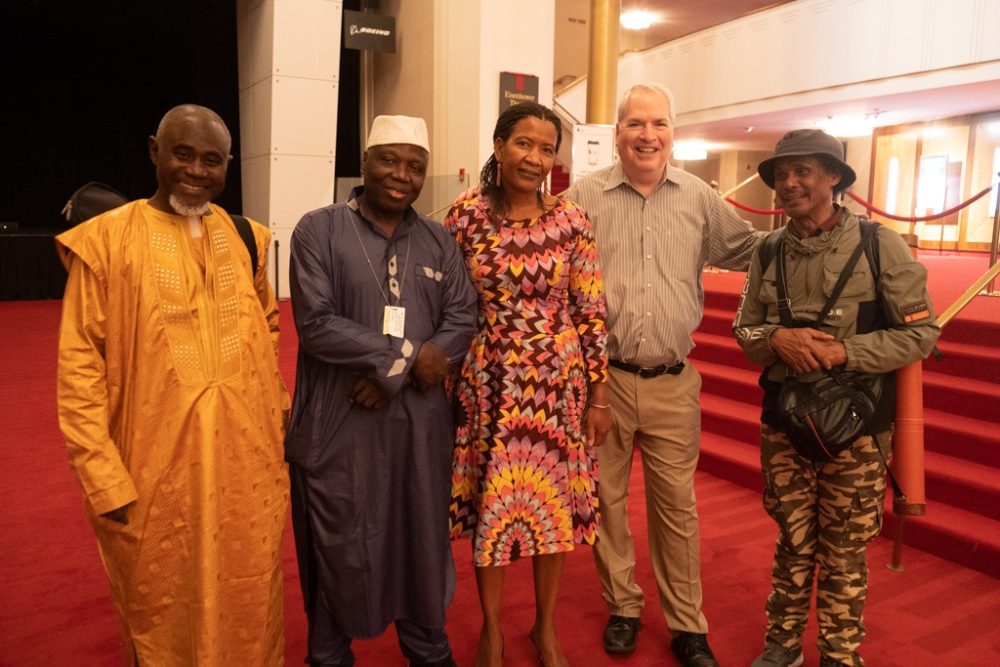
Related Audio Programs
